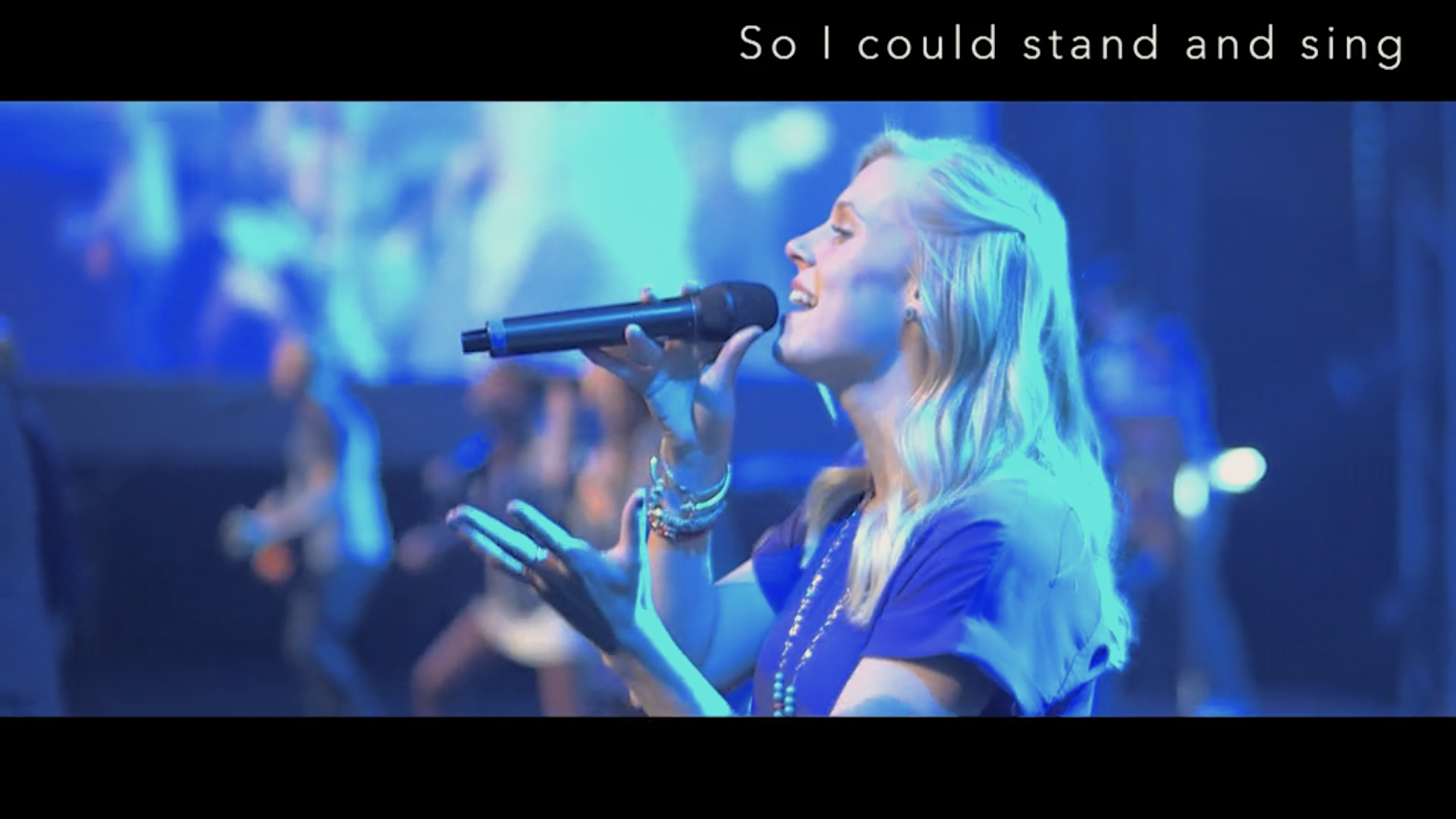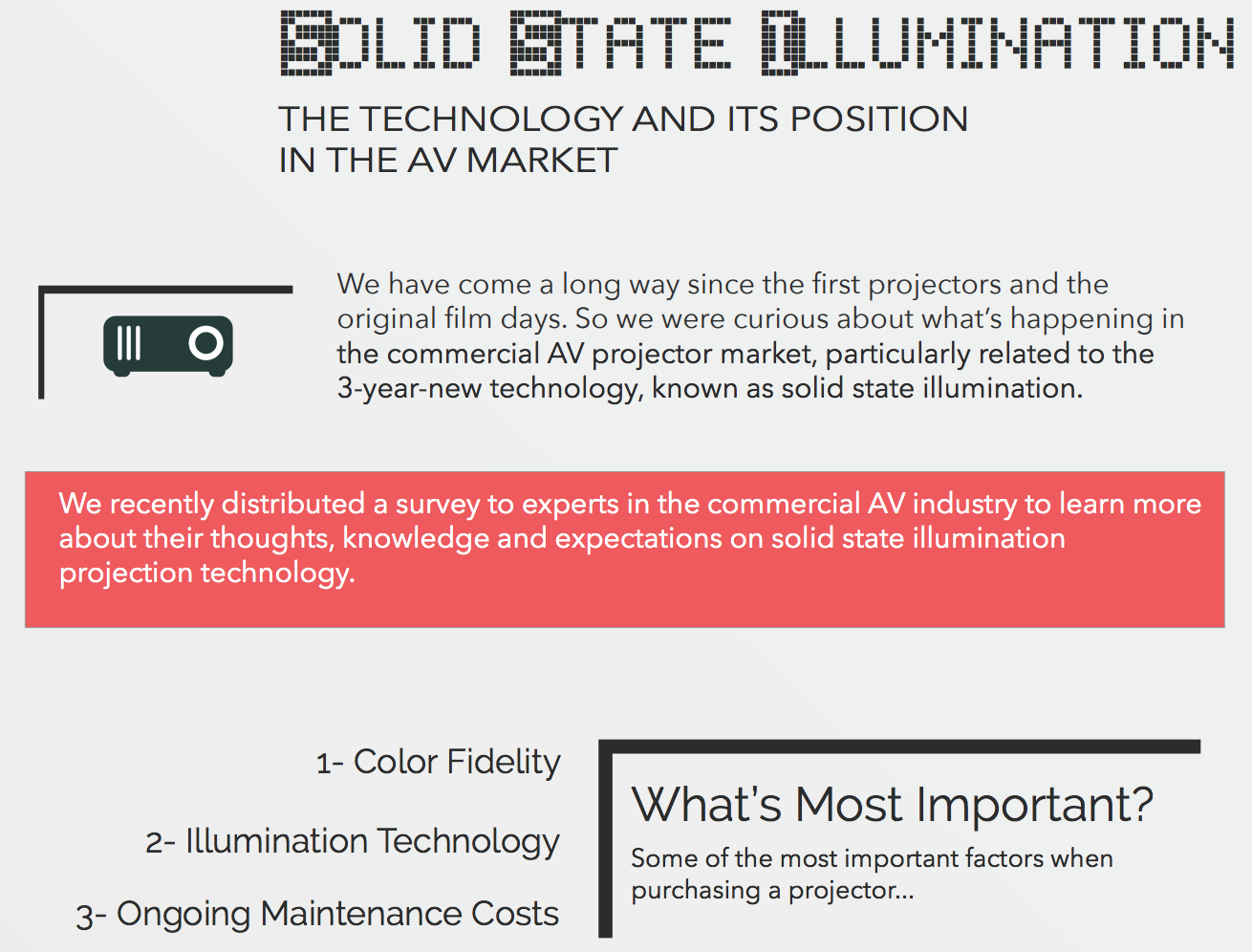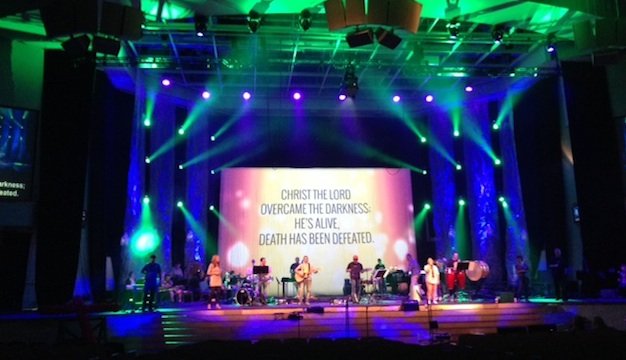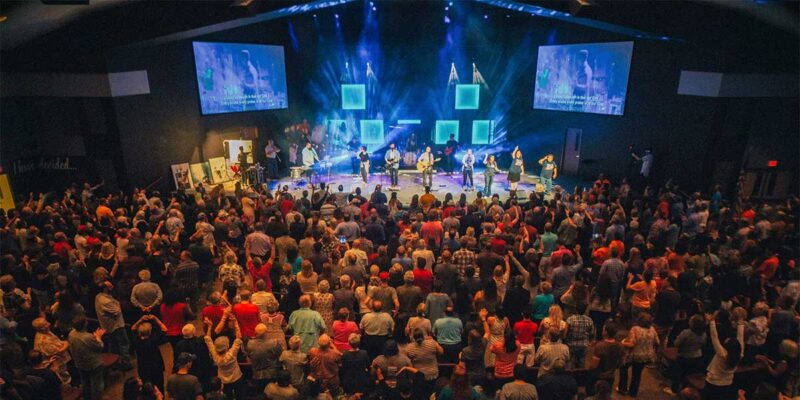The Future Intersection of AV and Churches
 More impressive than the shifts in the audiovisual (AV) landscape during 2017 is the sheer rate of change that continues to accelerate with no hint of anyone applying the brakes. A year of change in this industry has brought some key trends to the forefront of 2018 and promised more changes in the near future. The house of worship (HOW) vertical market within this space is poised to benefit from the tectonic technology shifts.
More impressive than the shifts in the audiovisual (AV) landscape during 2017 is the sheer rate of change that continues to accelerate with no hint of anyone applying the brakes. A year of change in this industry has brought some key trends to the forefront of 2018 and promised more changes in the near future. The house of worship (HOW) vertical market within this space is poised to benefit from the tectonic technology shifts.
Gary Kayye, founder here at rAVe, has already shared his digital Krystal Ball for 2018, so I won’t repeat his insights here, as I’m more granularly focused on how these technology and systemic transformations affect the local church buyer for AV. Still, one of his predictions about AV as a Service (AVaaS) is one that I have talked about for a while here on the HOW side, as the benefits for churches are numerous. In case you missed those insights, check out The Future of Selling Service to Churches.
I foresee the future of the church market for the AV industry as one that is full of potential — easily over $1 billion worth of sales in 2018 in North America alone. This is based on historical spending of multi-campus, multi-venue alone at well over $600 million annually, not including the rest of the church market’s annual needs.
I begin with perhaps the most obvious: InfoComm changing not only its name to AVIXA, but also signaling a change to integrated systems as the focus. Above all, AVIXA is taking the opportunity to set new standards for industry-wide protocols as well as specific market segments (such as the house of worship market) with a clean, objective slate. It is my strong opinion and recommendation that AVIXA adopts open standards and protocols instead of the proprietary control languages used by audiovisual manufacturers (Editor’s Note: Extron announced that it was doing that just this week). By doing so, the industry could take a giant leap forward in creating standardized systems, processes and application programming, allowing systems design standards to be adopted by systems integrators. The net effect is the potential to create standards that churches themselves could adhere to, at least in an RFP, to create a better apples-to-apples comparison of project specs. You can read an entire article I recently dedicated to this topic here on rAVe: AVIXA, Open Standards and the HOW Market.
Live Video Game Changers
My big number one in technology for churches is the use of cinema cameras for live video. For years, churches have been forced to choose between prosumer level live video capture options or spending big bucks on broadcast-level cameras and lensing. The jump from sub-$20K systems to $100K (starting) systems left no middle ground more without a good option. Even on the broadcast side, lighting for video on ½” CCD or even ⅔” CCD cameras meant choosing between making live video the priority over the more theatrical approach preferred for the audience in the room. Long story short, it was prohibitively expensive to step into the live broadcast video solutions.
The introduction of DSLR cameras that recorded stunning HD video in the body of a photography camera was a dream come true for field production and shooting anything except for live video. For one, the form factor eliminated the possibility of studio configurations and the live output was not clean (overlayed text information similar to the back LCD panel on the body).

Canon EOS C300 Mark II cinema camera
With the introduction of cinema cameras by Canon, Sony, and RED, new possibilities on the market opened up. Now updated with better studio configuration, lensing and remote camera control unit options, the ability to shoot cinema style with a much, much larger sensor means it is now a viable option for churches to use for live video. Though still not inexpensive, the trade-offs between cinema cameras and ENG or broadcast studio cameras have leaned, in my opinion, toward the cinema cameras. It’s an apples-to-Volkswagen comparison, so I won’t go into the nitty-gritty details here (but I will in a future article). Still, the ability to shoot and get live video with a super shallow depth of field and better colorimetry (see below) is a game-changer for the H.O.W. market.

(Shot on a Canon EOS C300 Mark 1 cinema camera live during a church service at Flatirons Church. Video still courtesy of Robb MacTavish. This image is for demonstrative purposes and is not high-res for the purposes of this online article.)
Friggin’ Lasers
Dr. Evil from the Austin Powers film franchise would be proud that lasers are prominently used today. While not installed on sharks, as he demanded, manufacturers have equipped projectors with solid-state laser projection technology. No more lamps. That’s a biggie for the church market, as they not only loathe spending the money on stocking these must-have consumables, but have been frustrated when more than one projector is used in a church venue requires changing out lamps simultaneous in order to maintain color, brightness, and contrast uniformity between projectors. The touted benefits of laser projection also include not just the much-promoted longevity of solid-state illumination, but also the lack of a noticeable color shift over the promised 20,000-hour life.

(click here to see the full Infographic)
Of course, solid-state projection goes beyond lasers, with both LED (currently still for micro projectors due to low brightness) and a hybrid of lasers and LED. The future of projection for churches — pun intended — is bright. Be sure to check out this insightful infographic created in partnership with Christie Digital and rAVe.
Lampless projectors. A big deal for churches. Big. Deal. Hop on it, marketing departments.
LED Lighting Is Cool
Once again, LED shows up. I’ve written previously about LED. The LED fixtures themselves draw a fractional amount of wattage but also are ‘cool’ technology, further reducing energy costs by eliminating the heat generated by incandescent fixtures. In what is sure to be a continued trend, expect to see wholesale changes to Compact Fluorescent Lamps (CFL) for architectural fixtures and LED for theatrical/production fixtures. Quite simply, the costs savings when amortized over decades of use simply make too much economic sense for churches to ignore the upfront costs of a wholesale change over.

Church Lighting is poised to go LED.
The manufacturers (I’m looking at you: ETC, Altman, Martin, etc.) need to create comparative Total Cost of Ownership (TCO) between lamped fixtures and LED fixtures. Churches need to understand how to budget not only for the up-front cost but what they can expect in terms of maintenance and performance, too. The benefits of cool-to-the-touch are not only a big deal in the church market, but the lower HVAC costs for cooling large venues with dozens or hundreds of theatrical/stage fixtures switching to LED is substantial.
Once the TCOs for new systems, upgrades and wholesale replacement of lighting instruments are published, the opportunity to call on every single church previous church client is a huge revenue accelerator.
Those are the future predictions I have for 2018 and beyond. What say you?
Do you agree with Anthony’s future church predictions for the AV industry?





